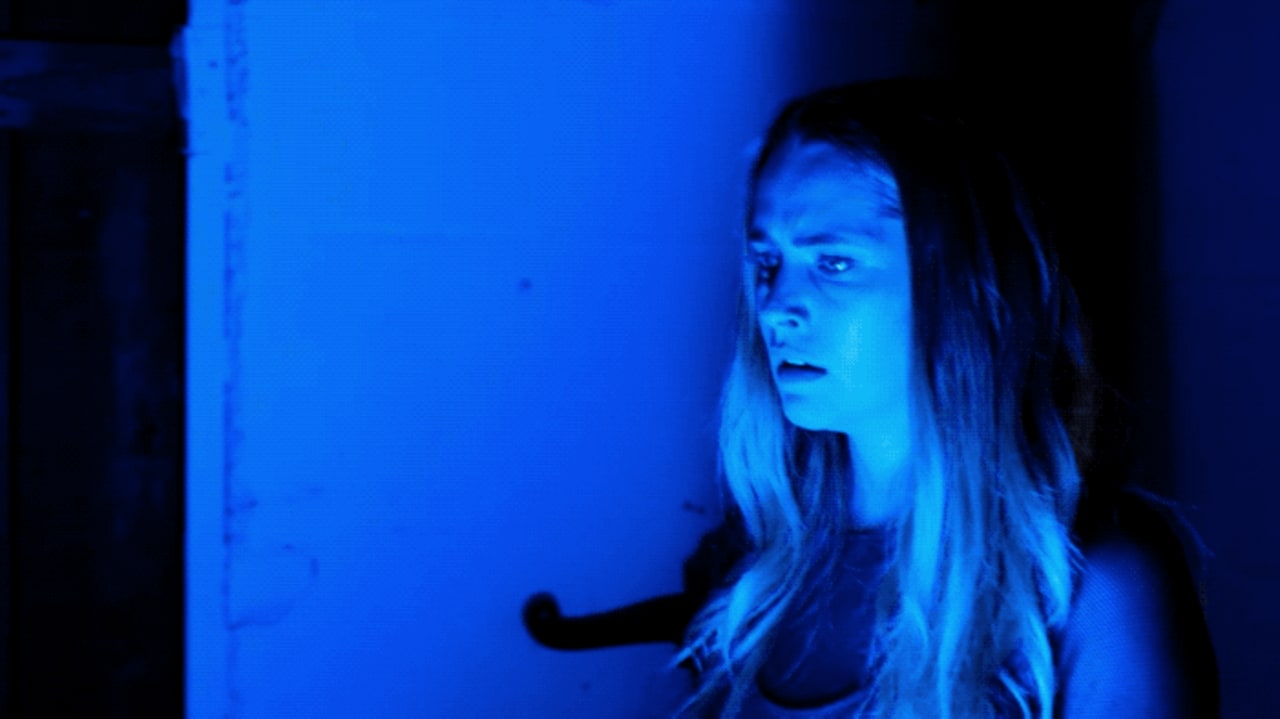www.fastcompany.com: Horror films are practically synonymous with darkness. That uneasy feeling of something lurking in the shadows is what directors lean on to set the tone.
But have you ever considered what kind of darkness is being used? Better yet, are you properly watching all that darkness?

4 comments:
I am not the biggest fan of horror films because I see something even the tiniest bit scary and cannot sleep for weeks (I watched the X-Files episode ‘Badlaa’ when I was younger and was terrified that I would just hear wheels in the darkness so I didn’t sleep). I did resonate with what Sandberg was saying about having to account for how your viewer will perceive that darkness. For example, when I’m watching a movie on my tv I can’t always adjust the brightness of the screen, but when I watch a movie on my computer it’s much more convenient to bring the brightness of the display up or down. When scenes are very dark it’s very difficult for me to make out what type of environment the people in (which sometimes makes jump scares more effective). It’s a blessing and a curse, because sometimes, while I don’t know what to expect (because I can’t see) I’m also missing details that may be crucial for the storytelling itself.
I absolutely loved watching this video. Personally, I feel that jump scares can be done effectively, but lately they’ve become cheap and overused by almost every horror movie. The best horror movies shine when they use creative techniques to form their big scares. I am not a lighting person, but I know how important and effective it is as a tool. The color of the light can create symbolism and a tone, and the lack of light and color can have the exact same effect. Sandberg showed perfect comparisons for how different movies define “the dark” and how actual darkness is more effective than fake darkness. I think this is a great video for aspiring and even current filmmakers to watch. What makes a horror movie effective is how the scares are executed. If it is done in the same way, it becomes dull and lame. Jump scares are scary because the brain is tricked into being startled. If the creepiness is created with effective filming techniques, then the scares will linger for longer than a quick jump.
I love David S. Sandberg! While I have yet to see his horror films (I just purchased Lights Out today), I have really enjoyed his insights on what it is like to work as a rising filmmaker who began on YouTube. His discussion of lighting is very interesting because a tool that sometimes we do not think about is darkness. The lighting designer's job (or someone who is responsible for lighting a picture when it comes to film or TV) includes the role that darkness plays in their piece. What is interesting about film and TV as he discusses is the fact that you cannot exactly control how the final product is viewed. Everyone has a screen, but not everyone has the Apple Pro Display XDR with a $1000 stand to have the best viewing experience. So I appreciated hearing his thoughts on trying to make sure that people who were viewing the movie in a theater that maybe was overdue for a replacement projector lamp were not being shorted on the experience.
I remember the first time I took stage lighting and learned that during "dark" scenes onstage, there are actually lots of lights on. It was one of those moments where you feel like an idiot because of course they cannot turn off all of the lights when something is happening onstage, but at the same time, you hadn't realized that because you didn't think about it. It was really interesting to hear how lighting designers achieve those nighttime looks or dark scenes while making things onstage visible. From playing with intensity levels, to using cool colors, or even manipulating the audience's mind by the use of contrast. There's such a level of depth to these fine little details. I've never thought about the fact that in TV/film, the display affects what we see and how we see it. That a very finicky job. Luckily, in live entertainment, that's not that big of an issue for us.
Post a Comment